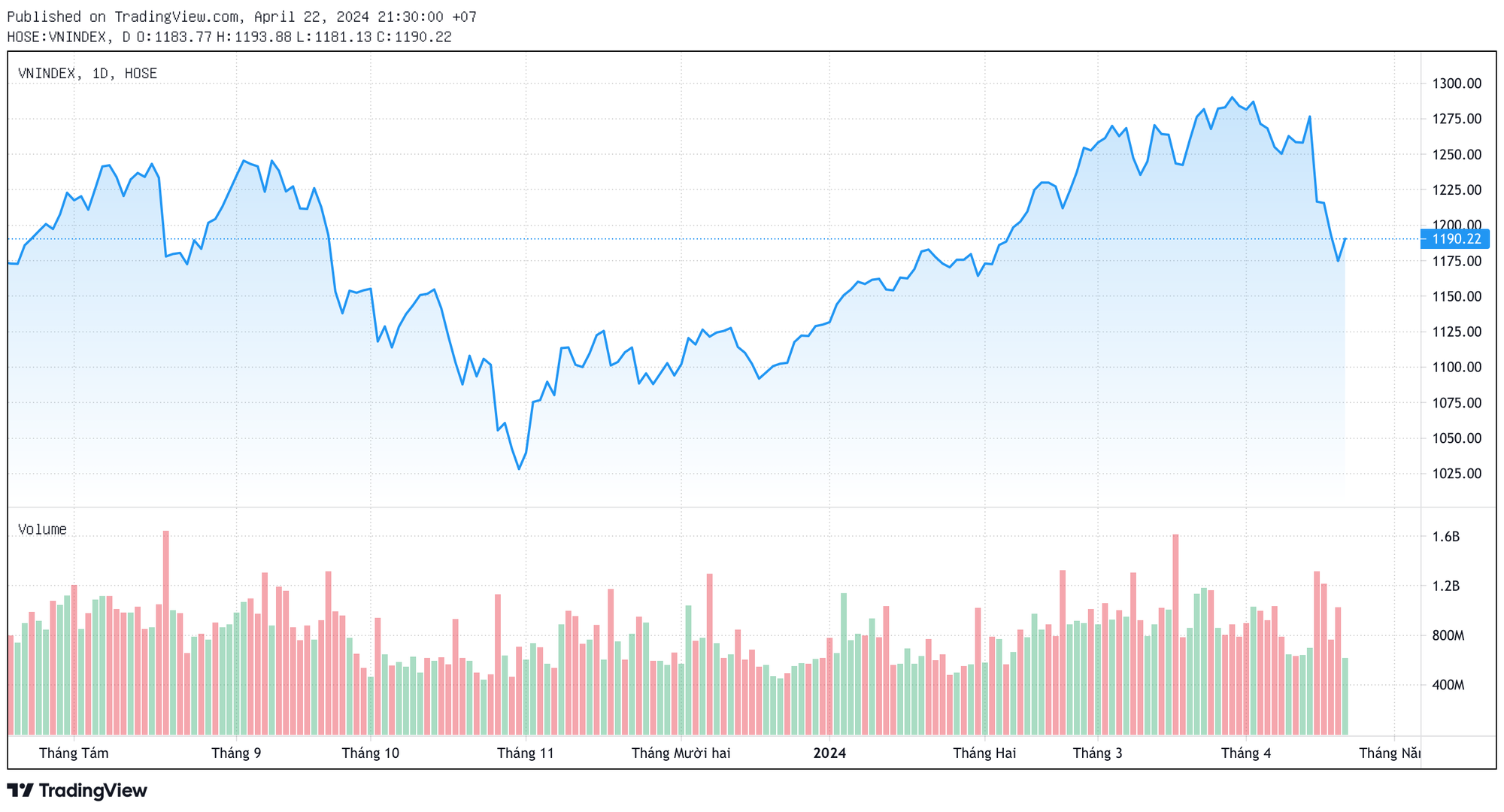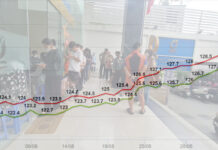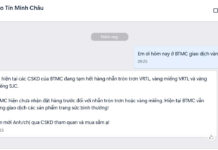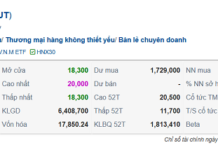After a week of decline of more than 100 points, the market’s recovery pace in the first session of the week eased some of the tension among investors. Securities and bank stocks surged, helping the VN-Index close the April 22 session with an increase of 15.37 points (1.31%) to 1,190 points.
However, in contrast to the increase in points, the matching liquidity on the HOSE “ran out of steam” when it only reached nearly 14,000 billion VND, a decrease of 38% compared to the previous session and the lowest level in more than 2 months. This shows that investor sentiment is still quite cautious and that cash flow is not yet ready to join after the deep correction rhythms.
The somewhat unexpected increase and the significant decrease in liquidity made the increase in points not really convincing. So, what caused the VN-Index to reverse in the first session of the week? Are there concerns about a bull trap – an increase trap after the trading session above?

According to Mr. Do Bao Ngoc – Deputy General Director of Kien Thiet Securities, the market has witnessed two consecutive weeks of correction with a decrease of approximately 9-10%. When it comes to the strong support zone MA200, it’s understandable that the market reverses and recovers.
Besides, the selling trend of foreign investors gradually slowed down after a period of intense “dumping”, which also reduced the pressure on the market as well as investor sentiment. In contrast to foreign investors, domestic investors also continuously net bought and became a support for the index during sharp declines.
On the other hand, the two stock groups that “led the wave” in the recent session, securities and banks, both received positive supporting information. For the securities group, after a deep decline, the information that the KRX system will officially go-live on May 2 and the positive business picture in the first quarter helped the stocks in this group recover strongly. The banking group also benefited from the information that the SBV extended Circular 02 on restructuring, keeping the debt group until December 31, 2024.
However, Mr. Do Bao Ngoc said that the market does not have enough factors to establish a short-term bottom when there is no strong participation of large cash flow, and the liquidity is still sluggish, showing that demand is not ready to join. In addition, the recovery performance in the recent session has not spread to many industries, and is only concentrated in a few groups that benefit from short-term information factors.
The cautious view in the short term was identified by the expert as coming from many uncertain factors such as the Fed not cutting interest rates anytime soon, geopolitical conflicts, high domestic exchange rates, interbank interest rates starting to increase, and some other political issues. In addition, concerns that the market will have a wide range of forced liquidations to resolve the large amount of margin currently “stuck” above also gave investors more reason to be cautious.
“The increase session at the beginning of the week could still be a “bull trap” rhythm. The market currently needs more time to balance and does not rule out the possibility that the selling pressure next session could cause the VN-Index to “retest” the old bottom area at 1,170 +/-5 points. Combined with the existing risk factors, I think that the large cash flow has not been able to return, and the market will continue to trade with low liquidity this week,” Mr. Do Bao Ngoc predicted.
In the short term, with the view that the market is still in the process of finding a new balance zone, Mr. Ngoc recommends that investors maintain a wait-and-see position instead of taking early action. The market recovery sessions are an opportunity for investors to bring their account status back to balance. In particular, the market is facing a long holiday and there may be uncertain risks during that time.
Ignoring the short-term fluctuations, the expert believes that the market is still “bright” for growth in the medium and long term. Because 2024 is still a pivotal year for the recovery momentum of the economy in general and corporate profits in particular. Although the correction rhythm can cause the VN-Index to decline below 1,165 points, the probability of “breaking through” 1,100 points is unlikely. Because the uptrend channel formed from November 2022 to the present has been strongly supported by this point threshold.
“If the market has an over-correction rhythm due to psychology and “call margin” that causes the VN-Index to dip to 1,100– 1,150 points, then I think this is the biggest investment opportunity in 2024 for investors to be able to disburse strongly,” said the Kien Thiet expert.



































